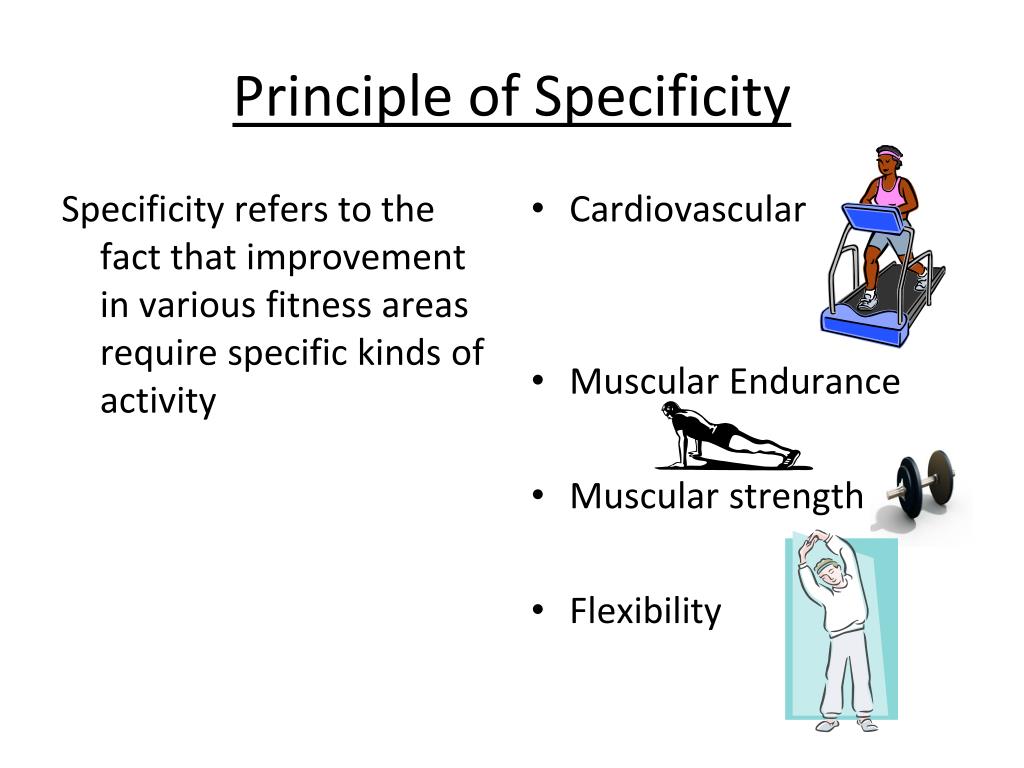
Resistance Training For resistance training, workload is the primary measure of intensity.There are limitations with heart rate and the heart rate reserve method, while no means flawless, may be a more accurate way to determine exercise intensity. Staying with the example above, that 40 year old now has a heart rate zone of 126bpm – 153bpm. Multiply 180 by 50% and 70% and your reach a target zone of 90bpm – 126bpm.įor fitter, more advanced individuals, a target heart rate zone of 70-85 percent of their maximum of heart rate may be more appropriate. So if, for example, you are 40 years old that gives you a predicted maximum heart rate of 180 (220 – 40). Target Heart Rate For beginners a target heart rate zone of 50-70 percent of their maximum of heart rate is a good place to start. An approximation of maximum heart rate (MHR) can also be calculated as follows: MHR = 220 – age. Heart rate can be monitored and measured by taking your pulse at the wrist, arm or neck. Heart Rate & Maximum Heart Rate Heart rate is measured as beats per minute (bpm). Here’s a quick method for determining your target heart rate…

The target heart rate zone is a function of both your fitness level and age. Ideally before you start an aerobic training program a target heart rate zone should first be determined. Cardio Respiratory Training Heart rate is the primary measure of intensity in aerobic endurance training.Workload is used to define the intensity of resistance training. Heart rate can be used to measure the intensity of cardiorespiratory training. Like the first FITT principle – frequency – there must be a balance between finding enough intensity to overload the body (so it can adapt) but not so much that it causes overtraining. It defines the amount of effort that should be invested in a training program or any one session. The second rule in the FITT principle relates to intensity.


Remember though, each time you complete a strenuous strength training session (regardless of the body part) you are taxing your body as a whole – including all the physiological systems and major organs. For example, a program that works every body part every session should be completed 3-4 days a week with a day’s rest between sessions.On the other hand, aprogram that focuses on just one or two body parts per session, in theory you could be completed as frequently as six days per week.


 0 kommentar(er)
0 kommentar(er)
